

This easy-to-understand guide will help you navigate the process of building a successful online marketplace website in 2023. We’ll break down the process into simple steps and share helpful tips and advice to help you create a website that makes money.
Reading time: 24 min.
With the ongoing digital revolution, online marketplaces have become a significant avenue for businesses and entrepreneurs to connect with customers and expand their reach. However, building an online marketplace can be a complex and challenging process, requiring careful planning, technical expertise, and effective execution. If you’re looking to build your marketplace, you’ve come to the right place.
That’s why we’ve created this guide to help you navigate the process of building a successful online marketplace website in 2023. Our step-by-step approach provides you with the tools, insights, and best practices you need to create a robust and profitable online marketplace.
Whether you’re a seasoned entrepreneur or a first-time marketplace builder, this guide will equip you with the knowledge and resources you need to build a thriving online marketplace in 2023. So, let’s get started!
An online marketplace is a platform that connects buyers and sellers, facilitating transactions and enabling the exchange of goods or services. These platforms have become increasingly popular recently because it is an efficient way for businesses and individuals to buy and sell products or services.
There are three main types of online marketplace platforms:
| B2C (Business-to-Consumer) | Connect businesses with individual customers. |
| B2B (Business-to-Business) | Connect businesses with other businesses. |
| C2C (Consumer-to-Consumer) | Enable individuals to sell goods and services directly to other individuals. |
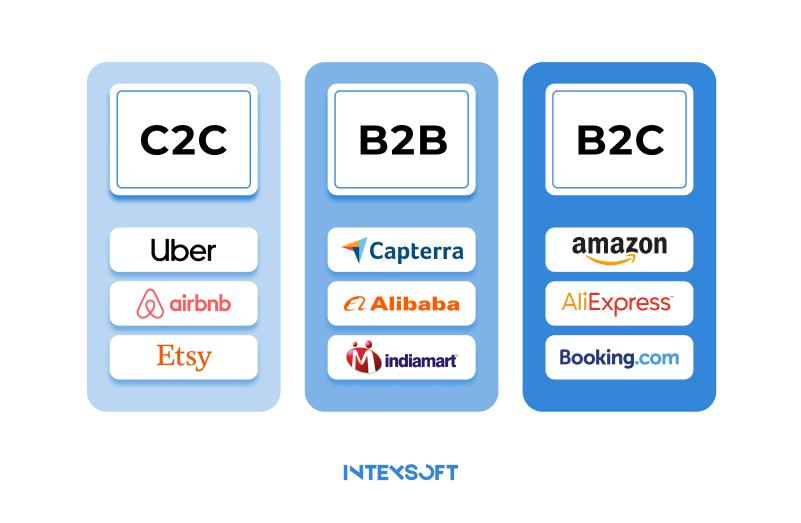
Also, marketplace websites can be divided into two large groups of vertical and horizontal marketplaces:
| Horizontal Marketplaces | A horizontal marketplace, also known as a general marketplace, offers a broad range of products or services across multiple categories. Examples of horizontal marketplaces include Amazon, eBay, and Alibaba. These marketplaces cater to a diverse range of sellers and buyers, offering a vast selection of products and services in one place. |
| Vertical Marketplaces | A vertical marketplace focuses on a specific industry or product category. For example, Etsy is a vertical marketplace that specializes in handmade or vintage items, while Rover is a vertical marketplace that connects pet owners with pet sitters and dog walkers. By catering to a specific niche, vertical marketplaces can offer unique features, specialized tools, and a more targeted user base. |
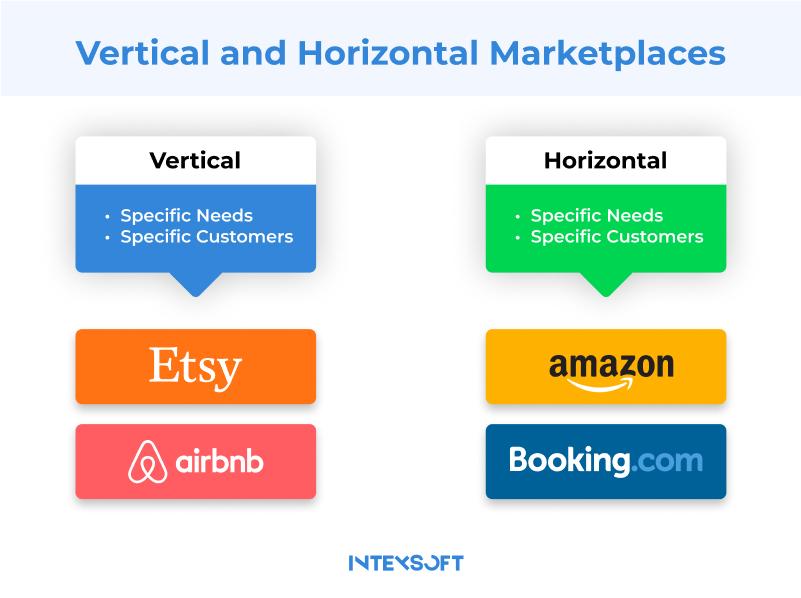
In addition to dividing online marketplaces into vertical and horizontal, it is important to pay attention to the classification based on their business models:
Retail marketplaces purchase inventory from suppliers and resell it to customers. Amazon and Walmart are examples of retail marketplaces.
Service marketplaces connect customers with service providers. Examples of service marketplaces include Upwork, Fiverr, and TaskRabbit.
P2P marketplaces connect buyers and sellers directly, without the involvement of a middleman. Examples of P2P marketplaces include Airbnb, Uber, and Craigslist.
Marketplace platforms come in different types, catering to different niches, and business models. Choosing the right type of marketplace depends on your goals, target audience, and the products or services you offer.
In 2023, the benefits that having a marketplace can give your business seem obvious: from a banal increase in sales to the ability to build a serious brand with a good reputation.
But if you’re still not sure enough, let’s take a closer look.
By connecting buyers and sellers, online marketplaces can generate revenue through commissions, transaction fees, and other monetization strategies. With a successful online marketplace, your business can potentially earn significant revenue and increase your bottom line.
Online marketplaces can help you reach new customers and expand your audience beyond your local market. With the internet’s global reach, you can attract customers from all over the world, increasing your customer base and driving growth for your business.
Building an online marketplace can be less expensive than building a physical storefront, reducing overhead costs like rent, utilities, and maintenance. You can also save on employee salaries by leveraging automation and technology to manage your marketplace.
Online marketplaces offer convenience and flexibility to customers by providing a one-stop shop for a wide range of products or services. With advanced search and filtering tools, customers can easily find what they’re looking for, enhancing their experience and satisfaction with your business.
By building an online marketplace, you can create a unique brand identity and increase brand awareness among your audience. With a well-designed marketplace, you can build customer loyalty and differentiate yourself from competitors in your industry.
So let’s go directly into the process of creating a commerce online platform. Yes, it is not as easy as it might seem at first glance, but the result is worth it.
Creating your commercial platform is not just a quick website development, and then sales right away.
Before you start not only developing a site but even planning it, you should devote a huge amount of time and effort to researching the market that you are going to enter with your project.
You didn’t think it would be easy to create an online marketplace, did you?
Before building an online marketplace, it’s essential to conduct market research to gain a more profound understanding of your audience and the competitive landscape. Research can help you identify:
By answering these questions, you can gain insight into both the opportunities and challenges of the market and make informed decisions about the direction of your project.
It is critical to understand the audience’s demographics, behaviors, and preferences. You need it to tailor your marketplace’s features and marketing messages to meet customers’ needs.
To identify, you can:
Focusing on a specific industry or product category can cater to a specific audience’s needs.
Creating a unique selling proposition (USP) is essential for differentiating your marketplace from competitors and attracting customers. Your USP should highlight the unique features and benefits of your marketplace, and communicate why customers should choose your marketplace over others.
Responsibly research greatly increases your chances of building a platform that truly meets the needs of your customers.
As you can see, we have paid quite close attention to the importance of studying your competitiveness. Do not be lazy, and carefully approach this issue.
A clear understanding of how your competitors work and what they offer will help you create not just another site that they’ll skip, but a unique product that your audience will need.
Creating an online marketplace platform requires careful planning and consideration of various factors. From choosing the right site type to estimating costs and setting development deadlines, there are many steps you need to take before you can launch your platform.
When building a marketplace, you have several options for site type: building from scratch, using a website builder, or using an open-source platform. Each option has its pros and cons, so it’s important to choose the one that best suits your needs and budget.
Building from scratch offers the most customization and flexibility, but it also requires the most time and resources. This option is best suited for businesses with a large budget and a clear vision of what they want to achieve.
Using a website builder is a more affordable option that offers pre-built templates and drag-and-drop functionality, making it easy to create a basic marketplace quickly. However, customization options are limited, and you may have to pay for additional features or upgrades.
Using an open-source platform is a free option that offers a wide range of customization options and features. However, it requires more technical expertise and may require additional development work to get the marketplace platform up and running.
There are several options to consider, including commission-based, subscription-based, and advertising-based models.
A commission-based model involves taking a percentage of each transaction that takes place on your platform. This is a common model used by marketplaces such as Etsy and Airbnb.
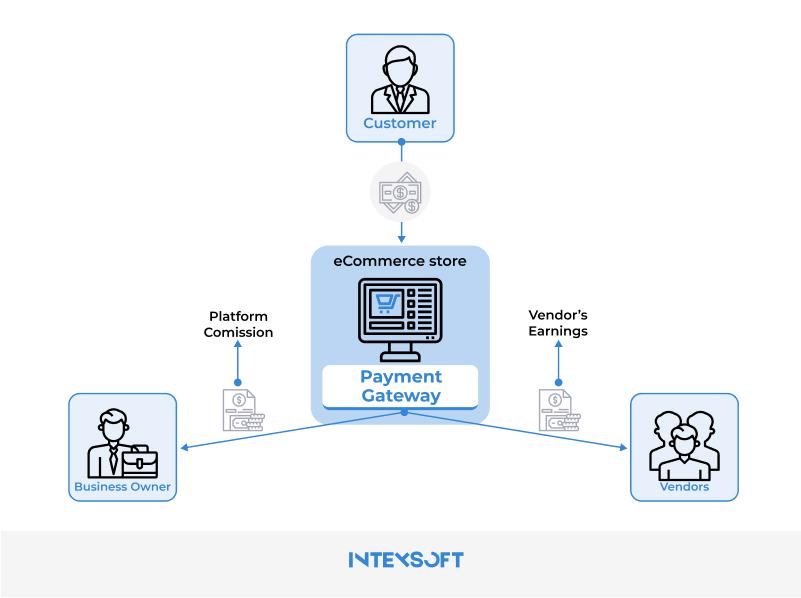
A subscription-based model is about charging users a monthly or yearly fee for access to your marketplace. This model is commonly used by B2B marketplaces that cater to businesses.
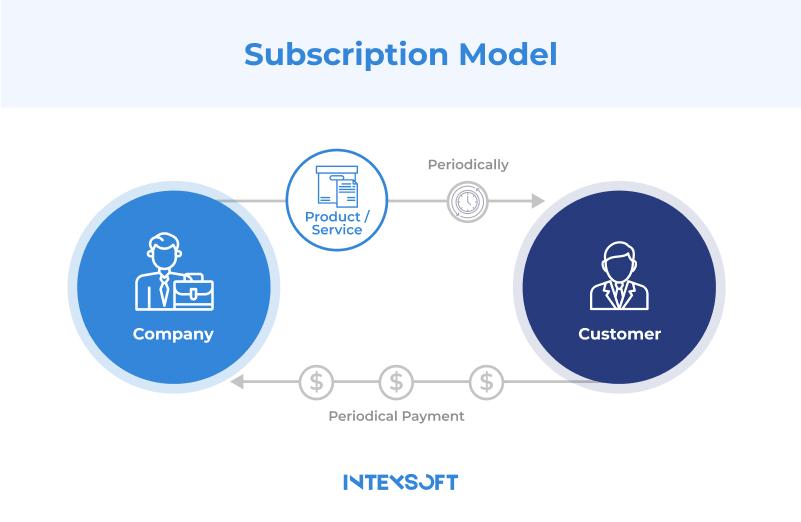
An advertising-based model generates revenue through display ads or sponsored content on your platform. This model is best suited for online marketplaces with a large user base and high traffic.
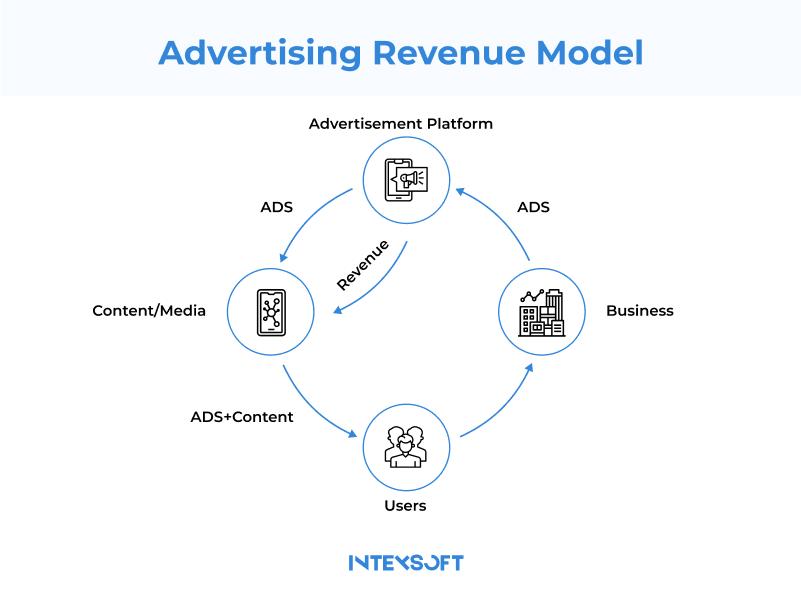
Once you’ve chosen your business model, you need to decide on pricing and monetization strategies. This includes setting commission rates, subscription fees, and advertising rates. You’ll also need to consider how to incentivize users to buy and sell on your platform, such as by offering discounts or rewards.
Building a marketplace can be expensive, so it’s important to estimate costs and plan your budget accordingly. Consider factors such as development costs, hosting fees, marketing expenses, and ongoing maintenance costs. Make sure to leave room in your budget for unexpected expenses or delays.
Finally, it’s important to set development deadlines to keep your project on track. Break down your development timeline into smaller milestones and set deadlines for each one. This will help you stay focused and ensure that your marketplace is launched on time.
After careful planning, it’s time to move onto the development stage of building your marketplace. This stage involves a variety of technical decisions and requires a skilled team of developers to bring your marketplace platform to life.
Look for skilled developers who have experience working on similar projects and who are familiar with the technologies you plan to use. It’s also important to ensure that the team you hire is capable of working collaboratively and communicating effectively with one another.
Each team member plays a critical role in the development process, and it’s essential to carefully select and hire the right people for the job. Let’s explore the roles and responsibilities of an online marketplace development team.
It is you. You are the marketplace owner. You work closely with the development team to ensure that the product is aligned with the overall vision and strategy of the marketplace.
The project manager is responsible for overseeing the entire development process, ensuring that the project is completed on time, within budget, and to the client’s specifications. The PM also communicates with you as a client, provides updates on the project’s progress, and ensures that the development team has the necessary resources and support to complete their tasks.
Business analysts gather and analyze data to identify the marketplace’s requirements and functionalities. They also work closely with you to understand your business objectives, audience, and competition to develop a comprehensive business plan.
The front-end developers are responsible for creating the marketplace’s user interface using HTML, CSS, and JavaScript. They work with the UI/UX designer to ensure that the platform’s design is correctly implemented, and the user interface is intuitive and easy to use.
The back-end developers create the platform’s server-side logic, ensuring that the platform functions correctly, and that data is processed securely. Working with the front-end developers, they ensure that the platform’s functionality is correctly implemented and that it meets your requirements.
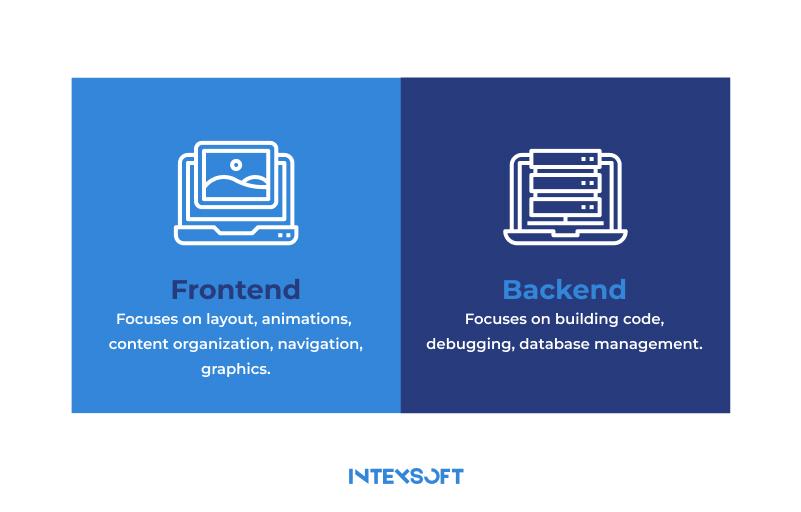
The UI/UX designers create a user-friendly interface that appeals to the audience. They design wireframes, prototypes, and user flows and ensure that the platform is visually appealing and easy to use.
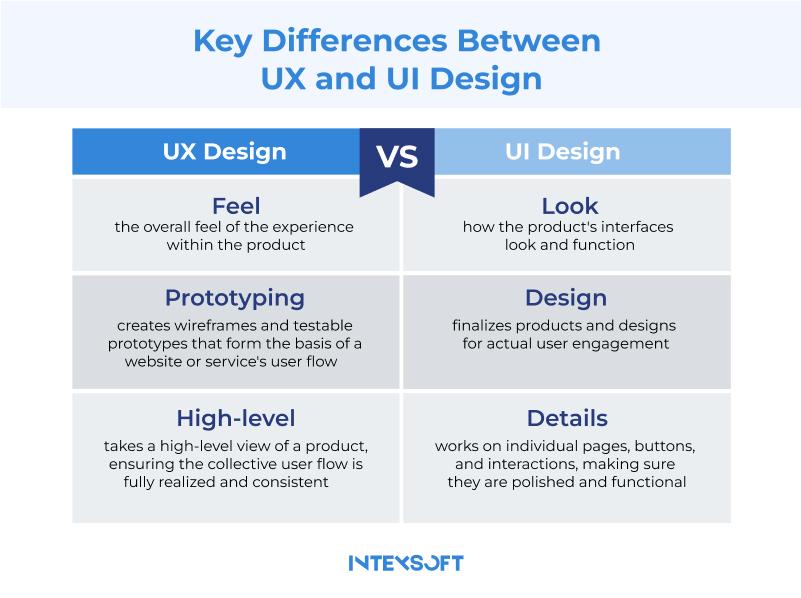
The QA specialist is responsible for ensuring that the platform is free of errors. They test the platform’s functionality, usability, and performance and report any issues to the development team for resolution.
The DevOps engineer is responsible for ensuring that the platform is deployed and maintained correctly. They work with the development team to set up servers, configure the platform’s infrastructure, and ensure that it is scalable and secure.
The technology stack you choose for your marketplace will depend on a variety of factors, including your budget, the features you want to include, and the scalability of the platform. Popular options for building marketplace websites include MEAN (MongoDB, Express, AngularJS, Node.js), MERN (MongoDB, Express, React, Node.js), and LAMP (Linux, Apache, MySQL, PHP).
Sprint planning is an essential part of the Agile methodology, which is a popular approach to software development. In sprint planning, the development team works on a series of short-term goals or sprints, with each sprint building upon the previous one. This approach helps to ensure that the development process is flexible, adaptive, and responsive to changing needs.
The Minimum Viable Product (MVP) is a critical part of the development stage. The MVP is the first version of your marketplace that includes only the essential features needed to provide value to your users. Developing an MVP is a cost-effective way to test your marketplace and gather feedback from your target audience before investing further in the development process.
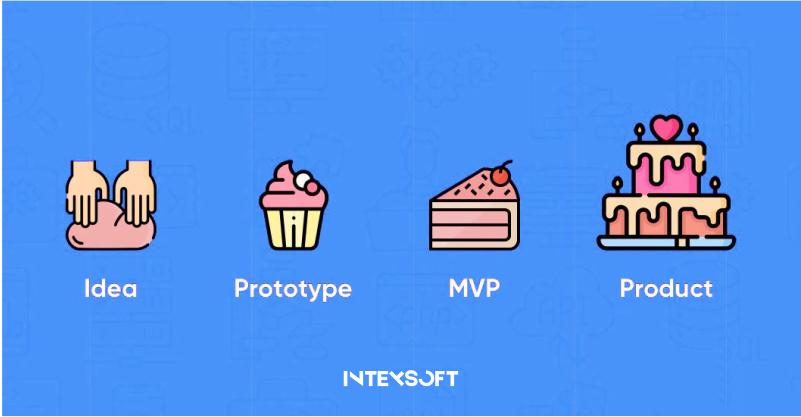
Your marketplace will likely have different types of users, such as buyers, sellers, and administrators. It’s essential to design the site structure in a way that caters to the needs of each user group. This can involve creating different dashboards, user interfaces, and functionalities that are tailored to each group’s unique needs.
The development of software and user-friendly design is a crucial part of the development stage. This involves the direct development of your site, creating an intuitive user interface, ensuring that the site is easy to navigate, and incorporating features that enhance the user experience. Testing is also essential to ensure that the marketplace is functioning correctly and that all bugs have been resolved.
As your platform grows and user demand increases, you’ll need to ensure that your marketplace can handle the increased traffic and data volume. This can involve using cloud-based hosting, optimizing your database queries, and implementing caching strategies.
Implementing payment systems and security measures is critical for protecting your marketplace and ensuring that transactions are secure. This can involve integrating payment gateways such as PayPal or Stripe, implementing two-factor authentication, and using encryption to protect user data.
Have you already thought that this is the end? Not now. Creating an attractive and functional website is just the beginning.
Now your task is to make it known, provide high-quality customer support, and constantly update your site.
It involves developing a strong value proposition and executing a marketing plan that reaches your target audience. Use various promotion channels such as social media, paid advertising, email marketing, and content marketing. The key is to use a combination of these channels to create a cohesive and effective marketing campaign that drives traffic to your marketplace.
Make sure that customer inquiries will be promptly answered, issues are resolved quickly, and feedback is taken seriously. To provide effective customer support, you need to have a dedicated team of support agents who are knowledgeable about the platform and the products or services being offered. The team should be available through multiple channels such as email, phone, and chat to provide a seamless customer experience.
Keeping an eye on platform performance is essential to tracking metrics such as user engagement, conversion rates, and bounce rates to identify areas for improvement. Regular updates and improvements to the platform can be implemented to enhance the user experience and drive more sales. It’s also crucial to monitor the platform for security issues and stay up to date with the latest security patches and protocols.
While there are many potential benefits to launching a marketplace, there are also several common mistakes that can derail your efforts. We’ll explore some of the most common mistakes made when creating a marketplace, and provide tips for avoiding them.
One of the most critical mistakes that businesses make when creating a marketplace is failing to do proper research. Understanding your target audience, competition, and industry trends is essential for making informed decisions about your marketplace’s design, features, and functionality. As we already mentioned, without this knowledge, you risk creating a marketplace that fails to meet your customers’ needs or differentiates itself from competitors.
Whether you opt for a commission-based model, a subscription-based model, or a combination of both, it’s essential to consider your revenue streams carefully. You also need to ensure that your chosen business model aligns with your target audience’s preferences and buying habits.
Many marketplaces fail because they try to be all things to all people. While it’s important to offer a range of products or services, you need to strike a balance between variety and simplicity. Overcomplicating your platform with too many features, options, or categories can overwhelm your users and make it challenging for them to find what they’re looking for.
User experience is crucial when it comes to online marketplaces. Your platform must be easy to use, intuitive, and visually appealing. Neglecting user experience can result in a high bounce rate, low engagement, and negative reviews.
With more people accessing the internet on mobile devices than ever before, it’s critical to ensure that your marketplace is optimized for mobile. This means developing a responsive design that works well on both desktop and mobile devices, and ensuring that all features are accessible on smaller screens.
No matter how great your marketplace is, it won’t succeed if people don’t know about it. Failing to invest in marketing is a common mistake that many businesses make. You need to create a comprehensive marketing strategy that includes social media, search engine optimization, paid advertising, and email marketing to promote your platform effectively.
It is a mistake that can damage your reputation and lead to lost business. Your customers need to be able to reach out to you for help, guidance, and support when they encounter issues or have questions. Neglecting customer support can result in negative reviews, lower customer retention rates, and reduced trust in your brand.
We do not doubt that the question of how much it costs to develop your commercial platform interests you no less than how to do it. It is important to understand that the pricing process depends on many factors. One of these factors is the type of future website and the base on which it will be built.
For example, one of the most popular solutions for developing an e-commerce website is creating a site based on e-commerce platforms such as Magento or Shopify.
But it’s important to note that an online store is a website that is dedicated to selling products or services from a single brand or business, whereas an online marketplace is a website that connects multiple sellers and buyers on a single platform.
Although it is possible to create an online marketplace on Shopify using additional applications, this platform does not have a built-in marketplace functionality. But Magento has many options for creating and managing both online stores and marketplaces.
Let’s take a closer look at the pricing process for developing an e-commerce platform on the example of the Magento platform.
Magento is a system that helps manage sites. You can easily set properties for your products and manage your store network using an administration panel. You can also set tax rates based on the product type and location, and generate reports on sales, reviews, and more. Magento supports various payment and delivery methods, making it easy to serve your customers.
Magento currently offers two versions: Magento Open Source (free) and Magento Commerce ($22-125,000 per year). These two versions share the same fundamental features, but Magento Commerce includes some additional capabilities. Additionally, Magento Commerce offers a Magento Commerce Cloud ($40-190,000 per year) option that automates hosting for large-scale, enterprise-level stores with high sales volumes.
The hourly rates for IT outsourcing companies differ based on the skill and experience level of the developers who will be working on your project. For instance, the hourly rate of a junior developer ranges from $25 to $35, whereas an experienced website builder may cost from $65 to $150 per hour.
When budgeting for a Magento eCommerce site, the number of pages required is a crucial factor to consider. A landing page, catalog pages, shopping cart, and checkout pages are essential components of a successful store. Therefore, the size of your Magento site will significantly affect the total cost.
When planning the development of an eCommerce site on Magento, it is important to consider various aspects besides licensing costs.
Hosting
Your hosting service provides the resources to store your site files on a server with permanent access to the Internet. SiteGround is a web hosting company that offers hosting plans that integrate well with Magento. Their rates are:
StartUp – $14.99 per month
GrowBig – $24.99 per month
GoGeek – $39.99 per month
Domain name
Your domain name is the URL of your site and should be memorable and unique. Domain name costs vary from $10 to $400 per year, depending on its popularity and the registrar’s policies.
SSL Certificate
An SSL certificate is an electronic document placed on your site’s server to ensure secure data exchange. The average cost for a Magento eCommerce site ranges from $50 to $300 per year.
Magento extensions
Magento offers over 3,000 additional extensions, both paid and free, to enhance the basic features. The cost of paid extensions that can be added to your Magento website varies from $25 to $15,000.
Payment services commission
To accept payments from customers, you will have to use payment systems. 75.6% of global payment transactions come from systems such as Stripe, Authorize, and PayPal. The commission for one successful transaction varies from 2% to 4% of the transaction amount.
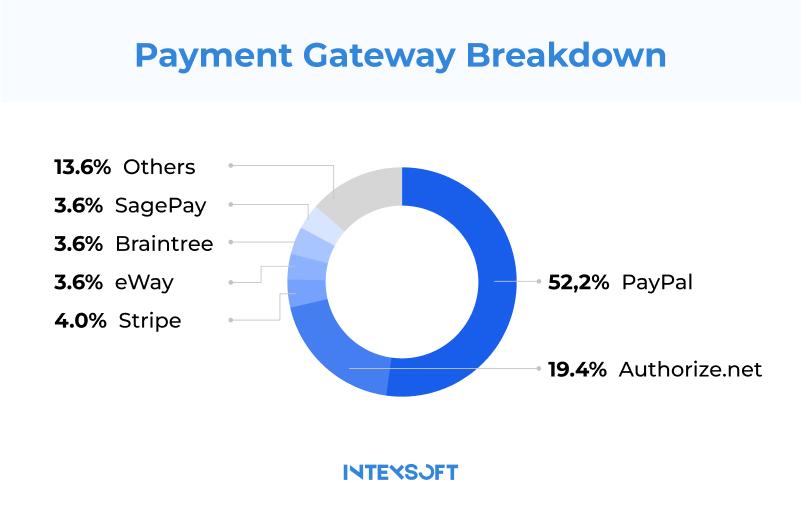
Technical Support
If you want to keep your Magento site running smoothly and ensure it’s up-to-date, you may need support service specialists. These experts can provide advice on Magento, install and configure modules, monitor the server environment, and offer 24/7 support in case of an emergency. The cost of hiring such a specialist usually comes to around $40,000 per year.
SEO & marketing
To attract customers to your store, you need to invest significantly in marketing and SEO. You will need high-quality SEO tools to track your website’s positions and quality, which can cost anywhere from $5,000 to $10,000 per year.
Now let’s look at an example of working with a commercial website. Our client already had a developed store. However, it was necessary to implement new features, eliminate deficiencies in existing ones, and fix errors and malfunctions on the website. To accomplish these tasks, the company hired the IntexSoft team.
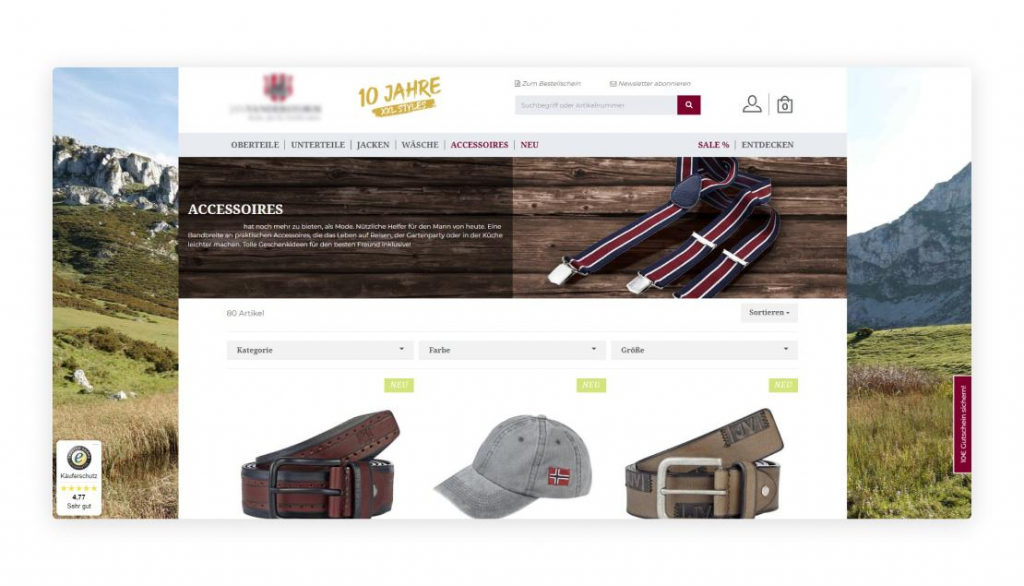
For this project, a team of six IT specialists was assembled to work:
IntexSoft specialists successfully migrated the store to the updated version of OXID eShop. Also, we synchronized the store with separate systems Navision and censhare using the SOAP protocol, and developed modules for data import. The team created features for discount code verification and automatic discount offers for users who purchase multiple products from one category.
Our developers also added the ability to import product categories from Excel files. One of the most important tasks was to develop additional search filters for the site. We created a feature that enables users to search for products by color, size, and style.
Also, we added automatic information updates on stock balances to ensure that the online store received up-to-date data every hour, and automatically updated product information daily.
To meet the customer’s requirements, the slider functionality in the OXID eShop system was changed. The dev team regularly optimized the code to ensure smooth operation and accelerate the website. HTTPS protocols and encryption were used for all interactions with the program, and the third-party payment system Computop was used for payments. The automatic protection against SQL injections was implemented using Doctrine projector.
Can you create an online marketplace?
Yes, Intesoft’s development specialists can both help improve an existing site and create an online marketplace from scratch tailored to your specific needs and requirements. You are welcome to contact us for a consultation.
How long does it take to build a marketplace?
The time it takes to build a marketplace depends on the complexity of the project and the number of features and pages required. Generally, it can take anywhere from several months to a year to build a marketplace.
What is the difference between an online marketplace and a website?
An online marketplace is a website that connects buyers and sellers, while a website can serve a variety of purposes, including providing information, product promotion, and more.
Why create an online marketplace?
Creating an online marketplace allows you to generate revenue by facilitating transactions between buyers and sellers. It also provides a platform for businesses to reach a larger audience and expand their customer base.
What are the three types of online marketplace?
The three types of online marketplace are B2C (business-to-consumer), C2C (consumer-to-consumer), and B2B (business-to-business).
Can I make a marketplace website on Shopify?
Yes, Shopify offers a variety of solutions and integrations that can help you create a marketplace website. The platform provides various apps that allow you to add marketplace functionality to your store. But it’s important to note that Shopify does not have built-in functionality for marketplaces, so you will need to use third-party apps.
Building an online marketplace website can be a complex and costly process. However, with the right approach and understanding of the necessary components, it can also be a lucrative investment.
First, you should remember that creating your commercial online project is not just about hiring developers who will make a website. It is a huge job that starts with your business idea. A unique approach, knowledge of competitors’ weaknesses, and your audience’s desires are the keys to success.
And our software development team will help you implement your ideas and create an online marketplace. Be sure to contact us a free consultation.